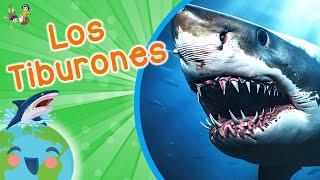
Raspberry Pi Pico OLED (SSH1106) display tutorial using Arduino
Комментарии:

A helpful video for those of us working in Arduino IDE and not CircuitPython/MicroPython. But what has happened to the code link?
Ответить
good code on c++ for pipico .really what iam looking for..
Ответить
Working perfect! 😃
Ответить
Thanks for this, and all of your other videos!
Ответить
That's a nice display Nick.
With my eyesight larger is better.
As you mentioned not printing Greek, I looked at the GyverOLED lib, I see it is Greek, nice. 😁
I also noticed that there are Greek characters in the font. "GyverOLED/src/charMap.h"
The reason for the issue is Arduino only support the first 128 ASCII characters. Try to print any characters ASCII 32 (0x20) to ASCII 127 (0x7F) Arduino throughs a wobbly. (Its to save memory on small devices)
So should you want to create an application using Arduino to display Greek (or other language) characters (only by the way), the trick is to replace the characters 32 to 128 (up to 127 Zero based) Characters, with Greek letters, then you have to make your self a table to know which English letter represents which Greek letter. (you can only use 128 letters/symbols)
These may work at the moment with this font А Б В Г Д Е Ж З И Й К Л М Н О П Р С Т У Ф Х Ц Ч Ш Щ Ъ Ы .
Hope that made some sense. I could be wrong of course, I seem to remember something along those lines.

Hello do you have a video on using the internal temperature of the pico processor itself?
Ответить

























